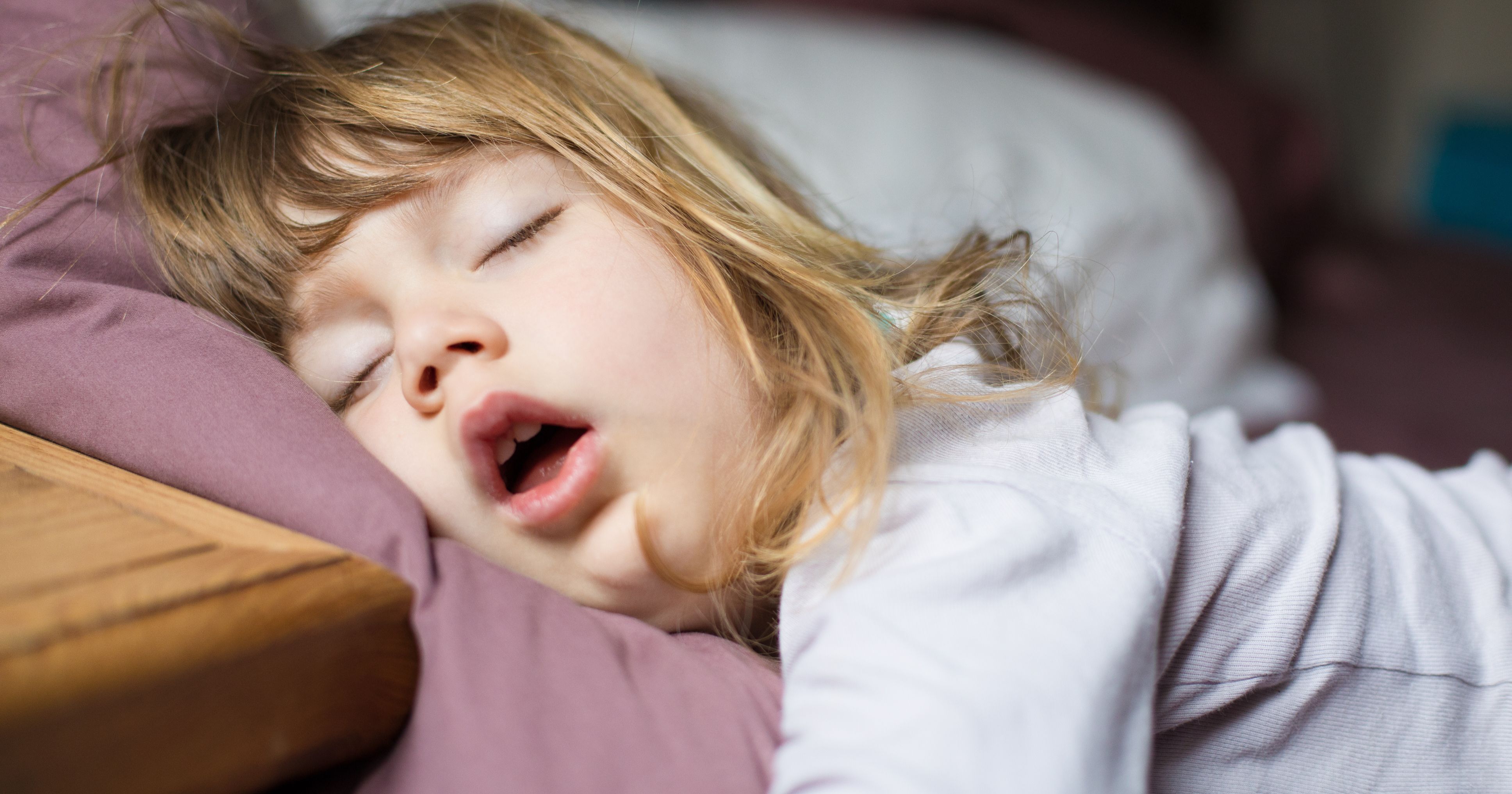
Whether your child has a sleep disorder, or you’re expecting a child and want to be prepared for all possible issues, we’re here to help. These are three common sleep disorders in children including how common it is, symptoms, treatment and more.
#1: Pediatric Obstructive Sleep Apnea (OSA)
How common it is: Pediatric OSA affects anywhere from 1-10% of children.
What it is: Pediatric obstructive sleep apnea is when a child’s breathing is repeatedly blocked during sleep.
Symptoms: Snoring, restless sleeping, coughing or choking during sleep, pauses in breathing, mouth breathing
Daytime symptoms: Behavioral issues, learning issues, shorter attention span, hyperactivity
Treatment: Your doctor will decide what treatment is best for your child, but the common forms include medications, nasal steroids, CPAP therapy, tonsil removal or dental devices/mouthpieces.
#2: Parasomnias
How common it is: Many children experience some sort of parasomnias symptoms while they are young.
What it is: During sleep, a child with parasomnias may experience sleepwalking, sleep terrors or confusion after waking up.
Symptoms: Wandering around the house while asleep, movements and noises during sleep that leads to agitated behavior and crying, waking up confused, waking up fearful and screaming
Treatment: Sleep medicine specialists will recommend the right treatment option depending on the severity of your child’s parasomnias. This may include asking you to record a sleep log, scheduling a sleep study for further monitoring, or simply teaching the parents how to manage parasomnias effectively as it’s a common issue among children.
#3: Restless Legs Syndrome (RLS)
How common it is: About 1.5 million children and adolescents have RLS.
What it is: Restless legs syndrome is a sleep disorder in which your legs experience uncomfortable sensations. This causes an irresistible urge to want to move your legs and is the most common at night.
Symptoms: Leg discomfort, sleep disruption, behavioral problems, urge to move legs
Treatment: Once a child shows the symptoms of RLS, they’ll be provided with various recommendations that may help ease the symptoms. This includes exercising regularly, avoiding caffeine, using a heating pad on legs and adopting proper bedtime habits.
To learn more about common pediatric sleep disorders, contact your pediatrician. We will be happy to educate you on the products we carry and the services we provide. Find our contact information here.
March 31, 2021 by Life Tech
Whether your child has a sleep disorder, or you’re expecting a child and want to be prepared for all possible issues, we’re here to help. These are three common sleep disorders in children including how common it is, symptoms, treatment and...